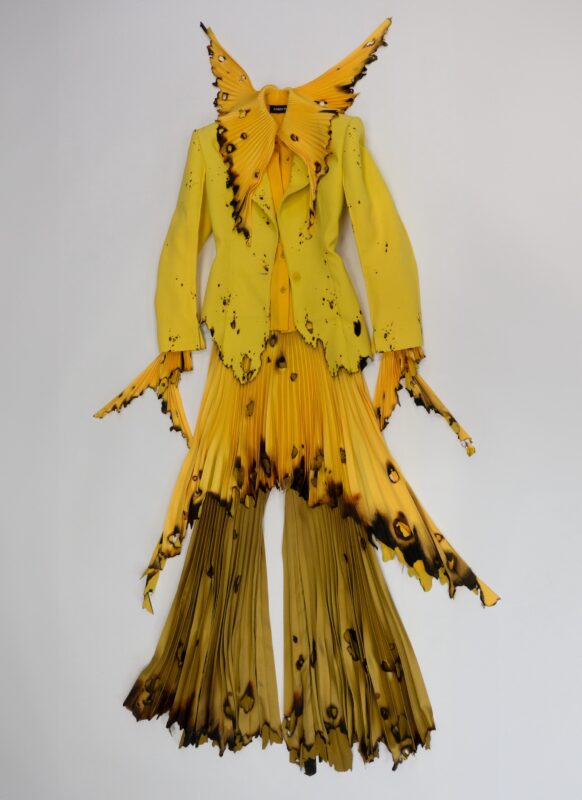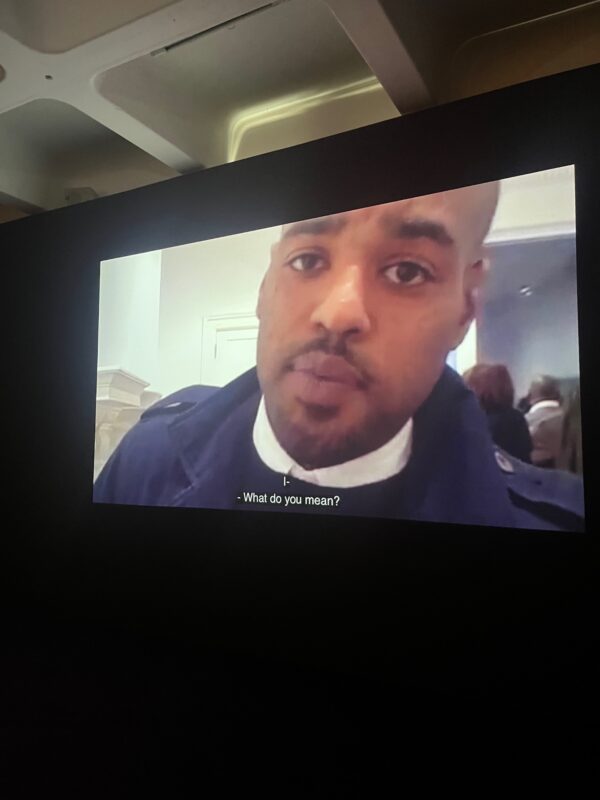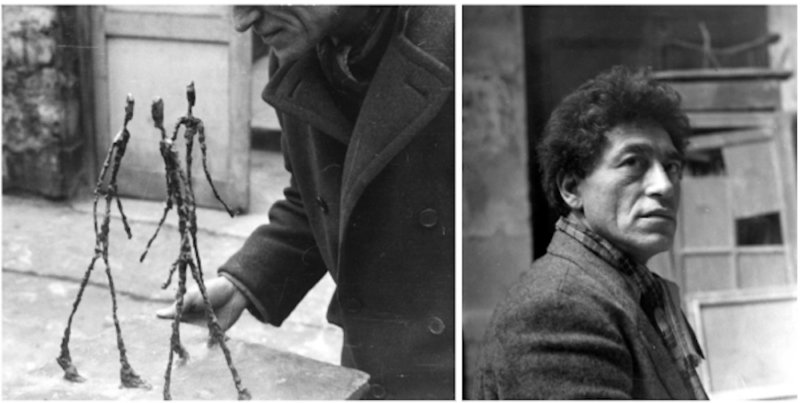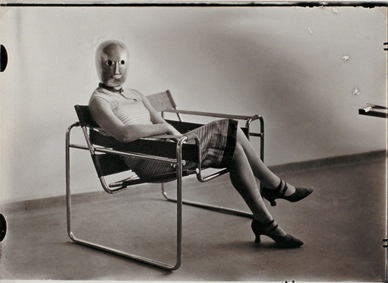
Erich Consemüller Lis Beyer or Ise gropius sitting in the B3 Club Chair by Marcel Breuer, and wearing a mask by Oskar Schlemmer and dress fabric by Lis Beyer, c.1927 Copyright Estate Erich Consemüller
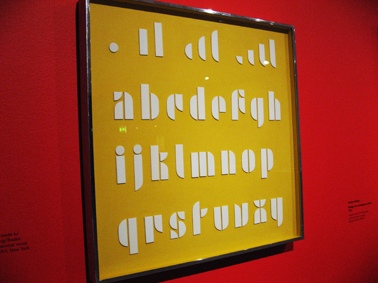
Combinatory Letters, Josef Albers, c.1928
3rd May – 12th August
www.barbican.org.uk
Exploring the world’s most famous modern art and design school, Bauhaus: Art as Life at the Barbican is the biggest Bauhaus exhibition in the UK for over 40 years.
A driving force in modernism, the Bauhaus sought to change society in the aftermath of World War I and find a new way of living. The exhibition presents the pioneering and diverse artistic production that makes up the school’s turbulent fourteen year history from 1919 to 1933. It delves into the subjects at the heart of the Bauhaus – art, design, people, society and culture.
Bringing together more than 400 works, the show features a rich array of painting, sculpture, ceramics, textiles, photography, furniture, graphics, product design, theatre, architecture and film by such Bauhaus masters as Josef Albers, Herbert Bayer, Marianne Brandt, Marcel Breuer, Walter Gropius, Johannes Itten,Wassily Kandinsky, Paul Klee, Hannes Meyer, Ludwig Mies van der Rohe, László Moholy-Nagy, Oscar Schlemmer and Gunta Stölzl. Award-winning architects Carmody Groarke, with graphic designers APFEL, designed the exhibition using the Bauhaus’ own principles of colour, structure and typography. Loosely chronological and arranged thematically, the exhibition celebrates the life and spirit of the Bauhaus – one that is characterised by experimentation, collaboration and play.
Significant works in the exhibition include Moholy-Nagy’s Construction in Enamel 1, 1923, (one of three works Moholy-Nagy commissioned from an enamel sign factory by communicating the coordinates of a drawing on graph paper over the telephone); Circles in a Circle by Wassily Kandinsky, and Doppelturm by Paul Klee. Klee’s influence on students is especially evident in textiles by Anni Albers and Gunta Stölzl; Stölzl’s magnificent two-metre high jacquard wall hanging, Fünf Chöre (Five Choirs), 1928, shows technical precision, a love of colour and musicality. Marcel Breuer’s tubular steel Club Chair, 1925-6, was inspired by the frame of his bicycle, and was designed to be easily dismantled for economical transportation.
Working, socialising and living became inseparable. The joy and zest for life of this new community is seen in a range of unique material, from party and festival invitations to hand-made gifts, paintings commemorating special occasions and intimate photographs. For Paul Klee’s 50th birthday, students hired a local Junkers aircraft and dropped gifts from the sky; Paul Klee’s highly personal painting Gifts for J, 1928, reflects this exuberant gesture.
Other highlights include an examination of the school’s architectural legacy, from the little-know Sommerfeld House (1920-22) and the prototype house Haus am Horn ,1923, to Gropius’ new designs for the now infamous school and masters houses in Dessau.
Bauhaus: Art as Life traces the life of the school from its founding by Walter Gropius in Weimar in 1919, and its expressionist roots, to the embrace of art and industry and subsequent move to a purpose-built campus in Dessau in 1925. Finally, it looks to the Bauhaus brief period in Berlin, led by Ludwig Mies van der Rohe, and its dramatic closure in 1933 under pressure from the Nazis.
Emma Mc Niven
www.barbican.org.uk/
Gunta Stölzl, Fünf Chöre (Five Choirs), c.1928
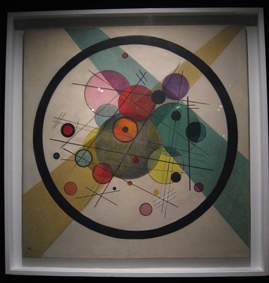
Wassily Kandisnky, Circles in a Circle, c.1924
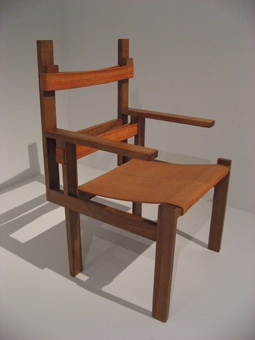
Marcel Breuer, Lath Chair, c.1924

Josef Albers, Nest of tables, c.1927
